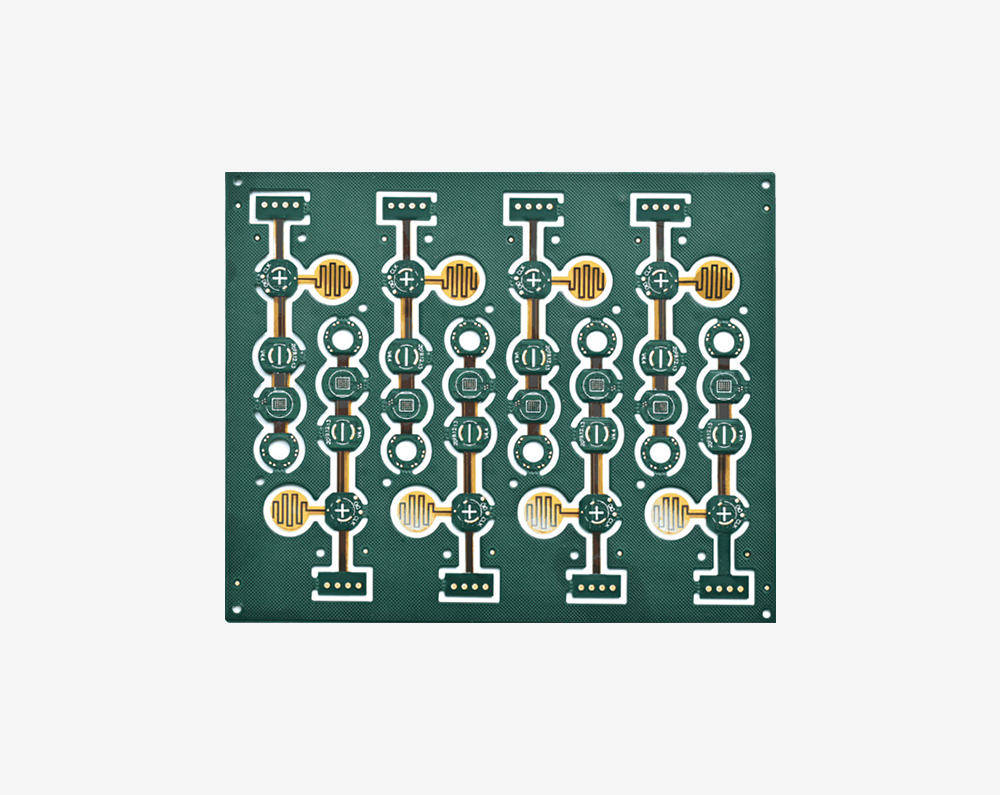Time:2023-06-15Views:
1、 Bridging
The causes of bridging are mostly due to excessive solder or severe edge collapse after solder printing, or excessive PCB substrate solder area size, SMD mounting offset, etc. During the refinement stage of SOP and QFP circuits, bridging can cause electrical short circuits and affect product use.
2、 Poor wetting
Poor wetting refers to the welding process where the solder and PCB substrate welding area, after being soaked, do not generate metal to metal reactions, resulting in missed or missing solder faults. The reason for this is mostly due to the surface contamination of the welding area, or the adhesion of solder resist, or the formation of a metal compound layer on the surface of the joint, such as the presence of sulfides on the surface of silver and oxides on the surface of tin, which can cause poor wetting. In addition, when the residual aluminum, zinc, cadmium, etc. in the solder exceeds 0.005%, the wetting effect of the solder reduces the activity and can also lead to poor wetting. In wave soldering, if there is gas present on the surface of the PCB substrate, this fault is also prone to occur. Therefore, in addition to implementing appropriate welding processes, anti fouling measures should be taken on the surface of the PCB substrate and component surfaces, appropriate solder should be selected, and reasonable welding temperature and time should be set.


